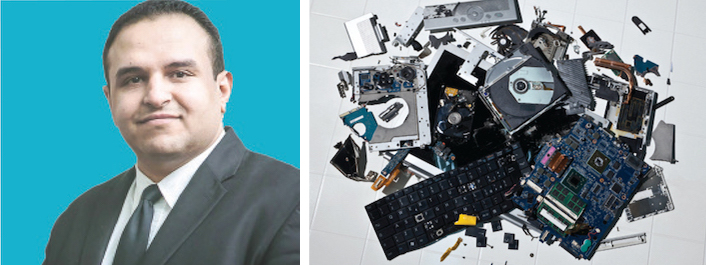The Race to Harness ChatGPT

We’ve finally reached a turning point in conversational artificial intelligence (AI). With the newest language model called ChatGPT released to the public in late 2022, we are likely to see significant changes in how businesses approach communication and content creation with clients and partners. Here’s a primer on ChatGPT and how your business can use it to streamline day-to-day tasks.
What Is ChatGPT?
ChatGPT is a task-oriented conversational AI system that enables natural, humanlike conversations with machines. It uses the latest advances in natural language processing (NLP) and deep learning to understand user input, generate meaningful responses, and maintain the conversation. ChatGPT was created by OpenAI, one of the global leaders in AI research and a creator of an equally impressive AI-based art generator tool called DALLE-2.
How Can Your Business Use ChatGPT?
Here are some feasible ChatGPT use cases that can make a significant difference to companies that adopt it:
Customer support.
Customer support automation is one of the areas where ChatGPT can truly shine. While chatbots are currently being used by many companies for automated responses, conventional chatbots can usually handle queries that have straightforward answers. For example, to answer the question, “What time is my package delivered?” you don’t need an intelligent AI-driven system that can understand a customer’s query in-depth — you just need a rule-based chatbot that can find information in a specified database.
ChatGPT, on the other hand, can potentially handle queries that don’t have straightforward answers, as well as understand poorly phrased questions with grammatical mistakes. ChatGPT is generative, meaning that it creates unique answers for each new question. However, the most crucial difference between ChatGPT and other chatbots is that it can continuously improve and learn over time. Ada, one of the global leaders in customer service chatbot software, has partnered with OpenAI to use the ChatGPT language model for enhancing its technology.
Business communication.
ChatGPT can enhance written business communication. Instead of spending hours writing emails, companies can use AI-driven systems to generate them quickly and efficiently. You can provide ChatGPT some seed text — a few sentences describing what you want the email to be about — and it does the rest, creating coherent, well-formulated text. Moreover, ChatGPT can be trained to incorporate specific writing styles and vocabularies that match your company’s style guide.
It doesn’t mean that businesses don’t need human professionals anymore. Instead, they will most likely have to acquire new skills, working alongside AI as a copilot.
Content creation.
A persuasive product or service description is essential for any business. Writing and editing copy is time-consuming, but with ChatGPT, you can generate meaningful and engaging product descriptions tailored to your target audience in a fraction of the time. Just like with emails and messages, ChatGPT can be trained to incorporate specific vocabularies, such as product-specific terms or even keywords for SEO purposes.
ChatGPT Concerns and Limitations
The finesse and proficiency of any conversational AI system greatly correlates to its ability to sound like a human. However, what seems like a desirable technology feature at first sight can be a curse in disguise.
With the internet more available to increasing amounts of people, purposefully fake, malicious, and unintentionally false yottabytes of information are flooding the web. The majority of language models, with ChatGPT as no exception, are trained on enormous amounts of textual data available on the internet. Consequently, ChatGPT and any other language models trained on large data sets are likely to reproduce all the nonsense that humans have generated over the last 20 years alongside the useful knowledge.
What’s even more daunting is that with the increasing availability of AIbased language models, we’ve started an unstoppable feedback loop where AI models are getting fed data produced by other AI models. And the only way to stop — or at least slow down — this snowball of misinformation is to create sophisticated models that can detect AI-produced text.
What’s Next?
As AI technology continues to make headlines in the media, people are naturally asking the same pertinent question: “Will AI take away our jobs?” And while there is no certain answer, one thing is clear: Traditional job roles are being redefined as AI continues to evolve. ChatGPT can now take over tasks previously performed by skilled marketers and copywriters and complete them in a fraction of the time. However, it doesn’t mean that businesses don’t need human professionals anymore. Instead, they will most likely have to acquire new skills, working alongside AI as a copilot.
Regardless of your opinion on AI or ChatGPT specifically, it’s here to stay. To remain competitive, businesses must take the time to understand what ChatGPT or AI-based tools have to offer and how to use them to their own advantage. Businesses will be able to optimize workflows, become more productive, and create better content faster than ever before.
Dr. George Magrath is CEO of Lexitas, which runs clinical trials for pharma and biotech companies.
Subscribe today and gain a strategic advantage from the emerging trends and best leadership practices found within Real Leaders magazine.





Responses